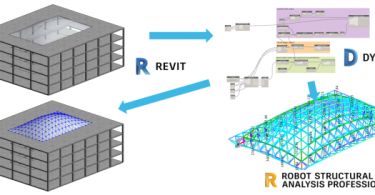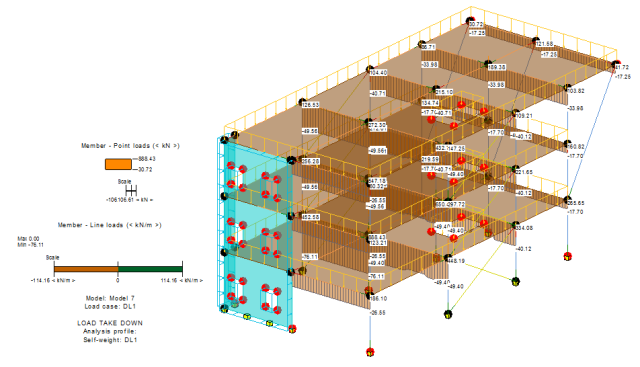
Then you, place that type throughout your project and discover there are a couple of places that you need the Hook Lengths to be a little longer or shorter than what is specified in the type properties. So, has this happened to you? You create a rebar type within a rebar family. You can also use rebar shapes with 3D hooks inside path reinforcement to distribute rebar standees in your structural project.īottom line: Thanks to this new functionality, structural engineers and detailers can now model standardized 3D rebar shapes, extract bending instructions, and provide full fabrication data for rebar.

This is applicable for any rebar with hooks and requires that the hook lengths be assigned to a rebar shape parameter. You can also change hook lengths quickly for each bar in the project this is accomplished by selecting the “Override Hook Lengths” option in the Properties Palette and inputting the new length in the respective rebar shape parameter field.

Rebar numbering considers hook rotation along with the other segment length parameters. Hook rotation is considered when defining a rebar shape, if included in the rebar shape definition. In Revit 2021, you can define such 3D rebar shapes by rotating the hooks at the ends of the bars and directly inputting the hook lengths for each rebar instance. Well, new to 2021, there are now standard 3D rebar shapes.įor example, reinforcing bar assemblies, known as standees, are normally required for the support of top mats of reinforcing bars in thick concrete members, such as footings and slabs.

It used to be that in order to have 3D rebar shapes, you had to create custom rebar elements through an arduous process of sketching them in a sketch mode. Here are the top five, in no particular order: Create New Standard 3D Rebar Shapes There are some great new features in Revit 2021 focusing on structural reinforcing and steel elements.


 0 kommentar(er)
0 kommentar(er)
